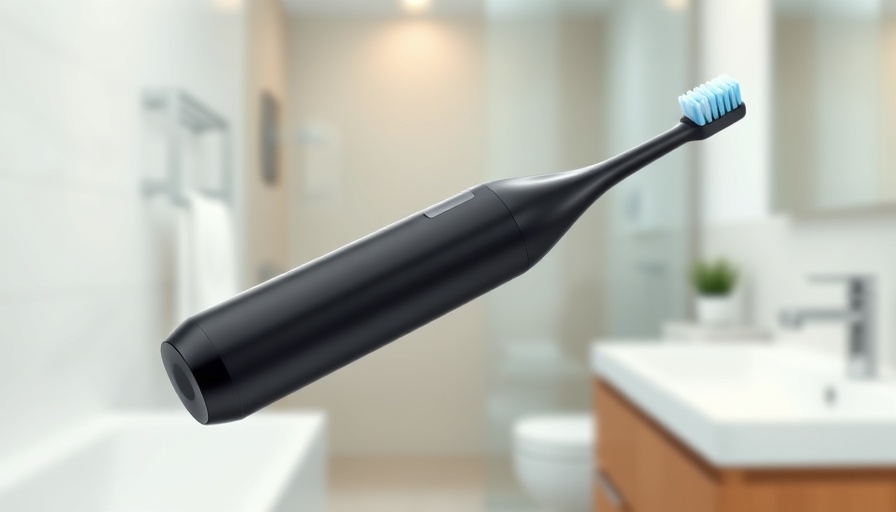
Understanding the Power of Electric Toothbrushes
Electric toothbrushes have revolutionized dental care, offering a thorough clean that far surpasses manual brushing. With speeds reaching up to 30,000 strokes per minute, these devices not only make brushing easier but also more effective in removing plaque. Research indicates they are 21% more effective at plaque removal compared to traditional brushes, making them an essential tool for maintaining oral health.
The Evolution of Electric Toothbrush Technology
The history of electric toothbrushes dates back to a patent filed in 1937. However, it wasn't until the 1960s that the first electric toothbrush hit the United States market. Fast forward to today, and modern electric brushes feature advanced functionalities such as multiple brushing modes, pressure sensors, and smart connectivity that enhance the brushing experience. As a result, users with limited mobility and those desiring a more efficient cleaning method are increasingly turning to these advanced devices.
Key Components Driving Efficiency
A closer look at an electric toothbrush reveals its intricate design aimed at optimal performance. Key components include:
- Rechargeable Battery: The source of power ensuring that the toothbrush remains operational.
- Electric Motor: This part is responsible for creating precise movements that effectively dislodge plaque.
- Circuitry: It regulates everything from speed to timing, providing a customized brushing experience.
- Brush Head: Specially designed with bristles optimized for cleaning, each brush head caters to different oral needs.
Clinical studies underscore the effectiveness of electric toothbrushes, demonstrating they can deliver 100% cleaner teeth compared to manual techniques—a convincing reason to consider switching to an electric version.
Conclusion
Incorporating an electric toothbrush into your daily routine can significantly improve your oral hygiene practices. Given their ability to remove plaque efficiently and enhance gum health, the adoption of this technology represents a proactive approach to dental care.
 Add Row
Add Row  Add
Add 




 Add Row
Add Row 


 Add
Add
Write A Comment